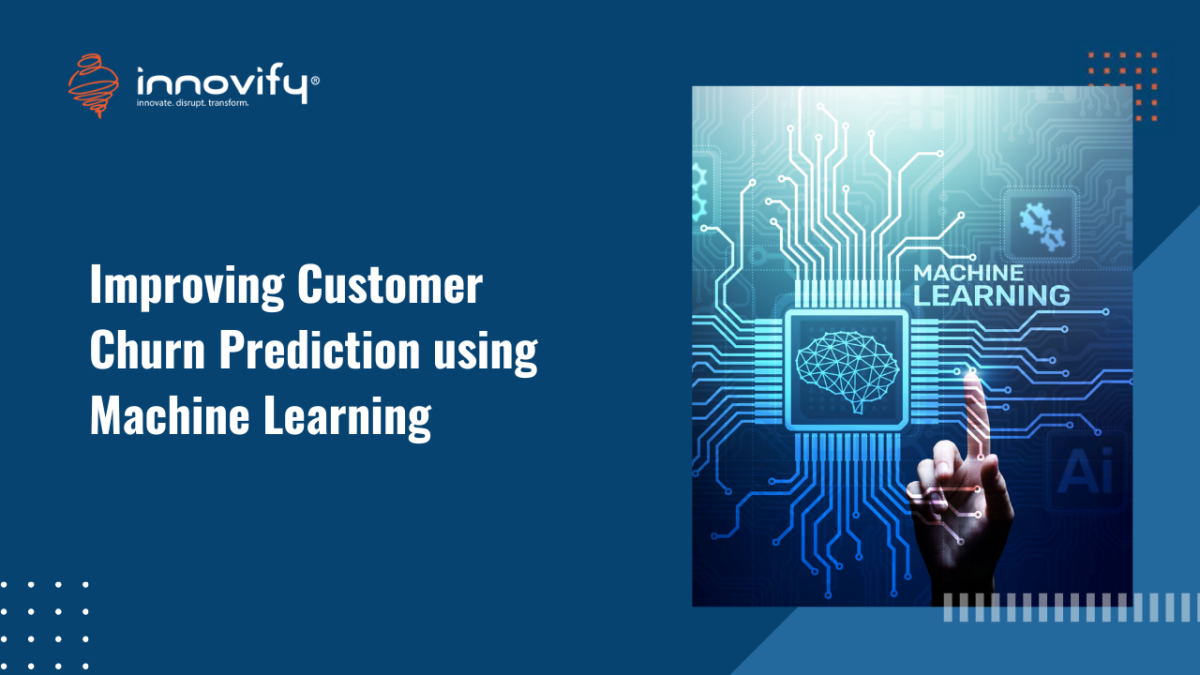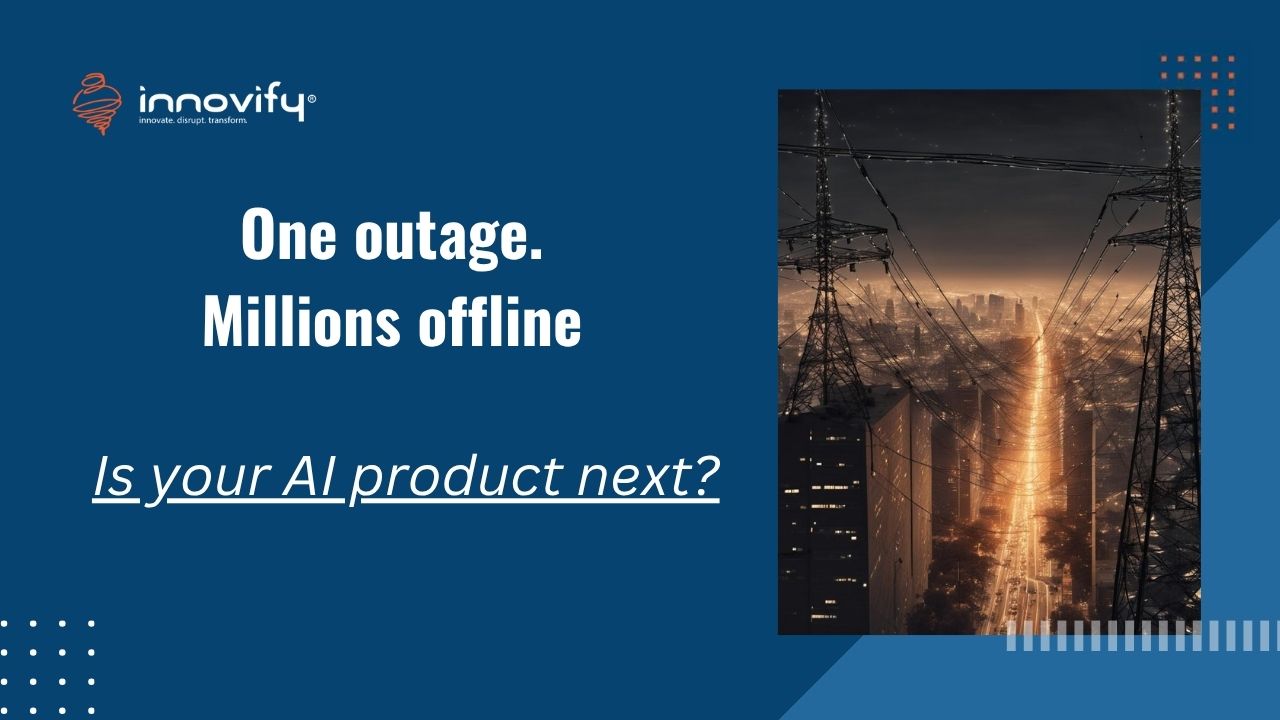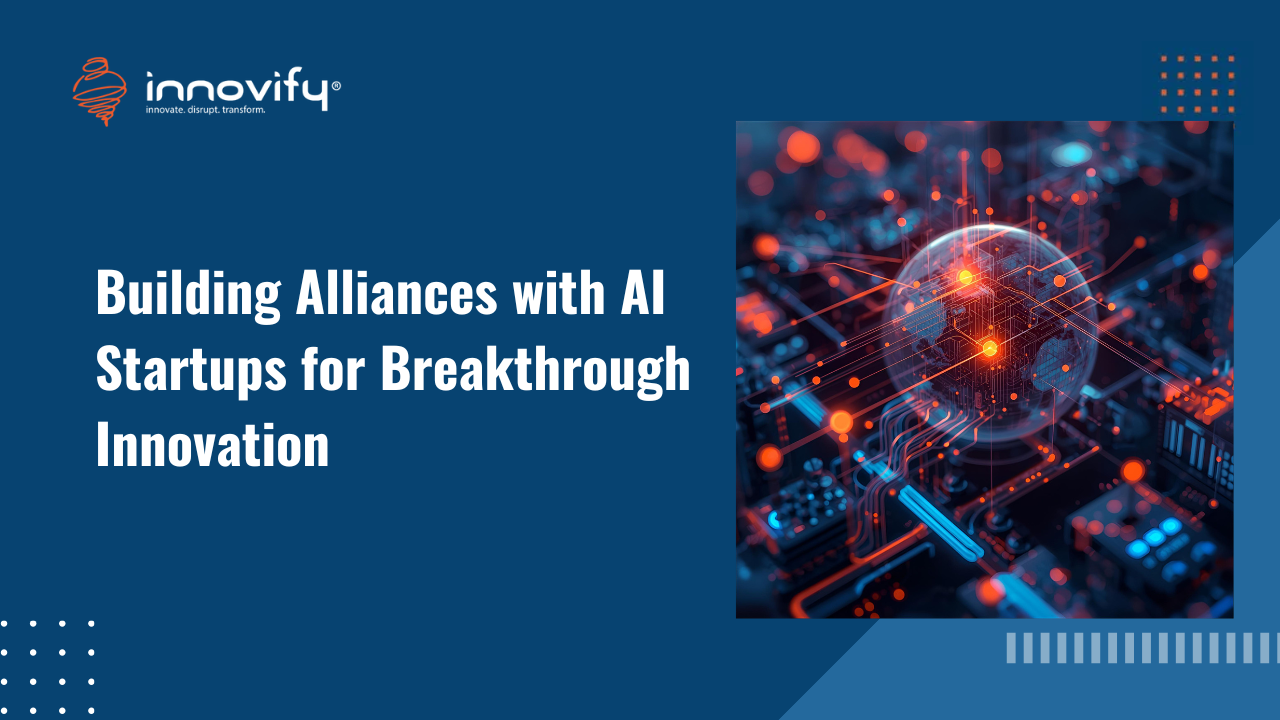AI/ML
The AI Advantage: Revolutionizing Customer Churn Prediction
Customer Churn Prediction with AI: A Strategic Imperative in the Digital Age
In today’s fiercely competitive landscape, customer retention isn’t just a metric; it’s a strategic imperative. Businesses across sectors are acutely aware that acquiring new customers is significantly more expensive than retaining existing ones. The ability to anticipate which customers are likely to churn – to predict their departure before it happens – offers a profound competitive advantage. This is where the power of machine learning truly shines, transforming traditional, reactive churn management into a proactive, intelligent strategy.
From Reactive to Proactive: The Evolution of Churn Prediction
Historically, customer churn prediction relied on rudimentary methods, often involving rule-based systems or simple statistical analysis. These approaches, while providing some insights, frequently lacked the granularity and predictive accuracy needed to address the complex and multifaceted nature of customer behavior. The advent of big data and sophisticated computational power has paved the way for machine learning models to revolutionize this critical business function.
The Power of Machine Learning Algorithms
Machine learning models, particularly those leveraging techniques like classification algorithms (e.g., Logistic Regression, Support Vector Machines, Random Forests, Gradient Boosting), can analyze vast datasets of customer interactions, demographics, purchase history, service usage, and more. They identify intricate patterns and correlations that are invisible to the human eye, predicting with a high degree of probability which customers are at risk. For instance, a model might detect that customers who have experienced three or more support interactions within a month, coupled with a recent decrease in service usage, are highly likely to churn. This level of insight allows businesses to intervene precisely and effectively.
Building an Effective Churn Prediction Model
The process of building an effective churn prediction model typically begins with comprehensive data collection and preprocessing. This involves gathering data from various touchpoints – CRM systems, billing records, website analytics, social media, and more. Feature engineering, a crucial step, transforms raw data into meaningful variables that the model can learn from. For example, instead of just raw transaction data, features might include “average monthly spend,” “recency of last purchase,” or “number of support tickets opened.”
Once the data is prepared, various machine learning algorithms are trained and evaluated. The selection of the optimal algorithm often depends on the nature of the data, the specific business context, and the desired balance between precision and recall (minimizing false positives and false negatives). Advanced techniques like ensemble methods, which combine multiple models, can further enhance predictive performance by mitigating the weaknesses of individual algorithms.
Actionable Insights for Retention
Beyond just prediction, the true value of machine learning in churn management lies in its actionable insights. A well-designed system doesn’t just flag at-risk customers; it can also identify the likely reasons for their dissatisfaction. Is it product dissatisfaction, poor customer service, competitive offers, or pricing issues? By understanding the “why” behind the potential churn, businesses can tailor personalized retention strategies. This might involve proactive outreach with special offers, targeted re-engagement campaigns, personalized customer support, or even product improvements.
Consider the telecommunications industry, a sector notorious for high churn rates. By deploying machine learning models, telecom companies can identify subscribers exhibiting early signs of churn, such as declining data usage, frequent calls to competitor helplines, or a sudden drop in bill payment consistency. With this foresight, they can proactively offer tailored plans, address specific pain points, or provide loyalty incentives, drastically reducing the exodus of valuable customers.
Improving customer churn prediction using machine learning represents a paradigm shift from reactive firefighting to strategic foresight. It empowers businesses to understand their customer base at an unprecedented level, allowing for timely and effective interventions that not only save revenue but also foster stronger, more loyal customer relationships. As data continues to grow in volume and complexity, machine learning will remain an indispensable tool for businesses striving for sustainable growth and customer lifetime value maximization.
The Future of Customer Retention
The future of customer retention is intelligent, data-driven, and proactive. Businesses that embrace machine learning for churn prediction will not only survive but thrive in the competitive digital economy.
Ready to transform your customer retention strategy? Book a call with Innovify today.




